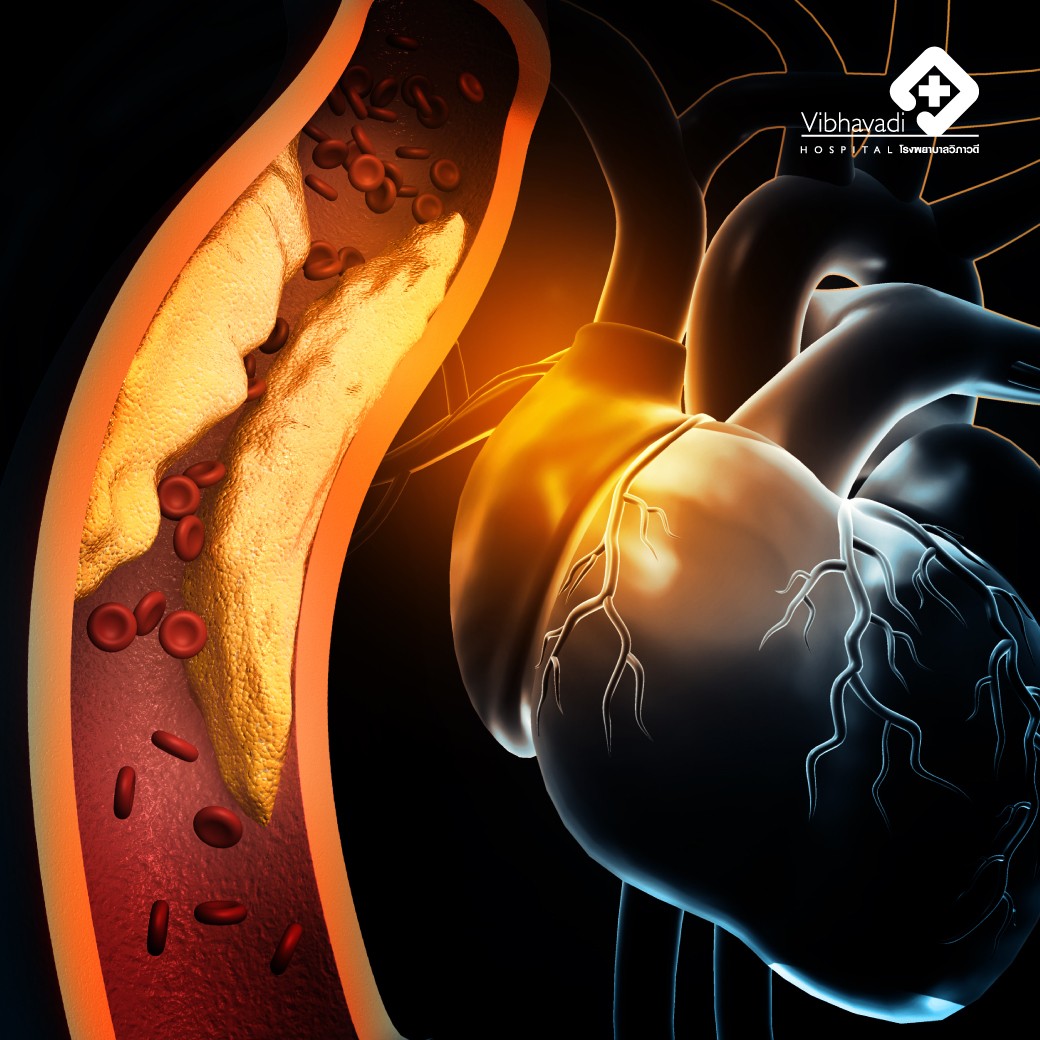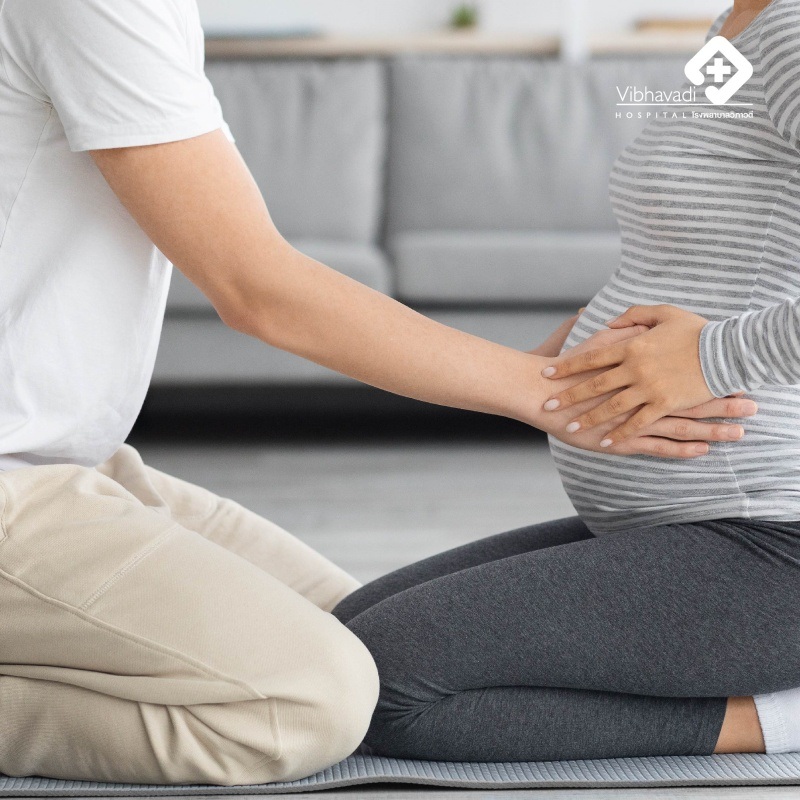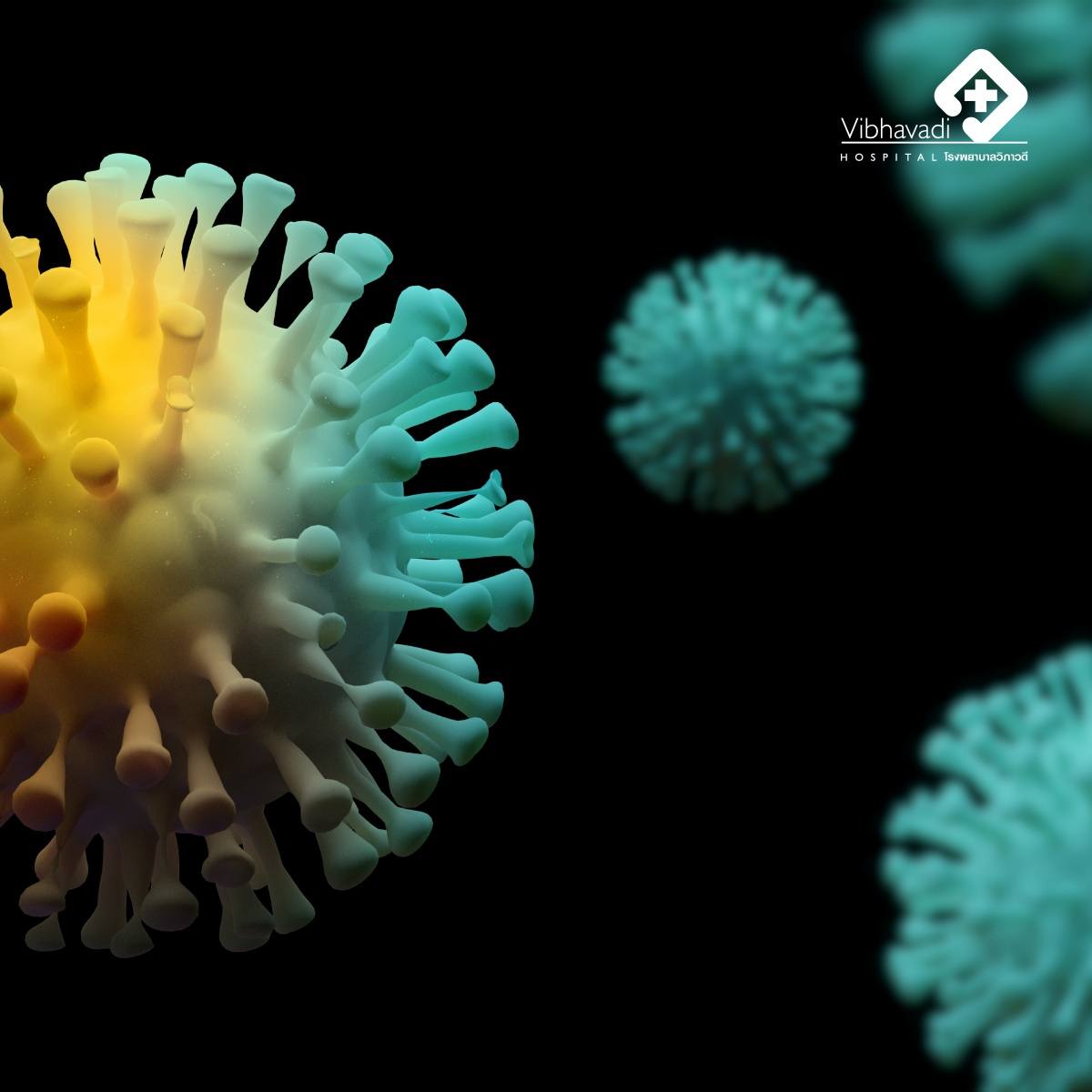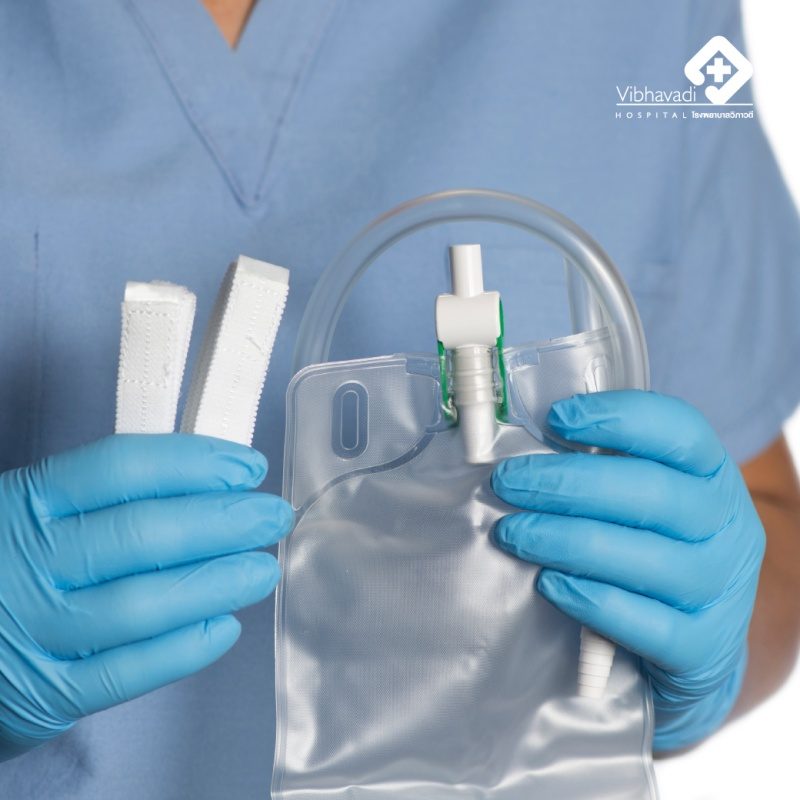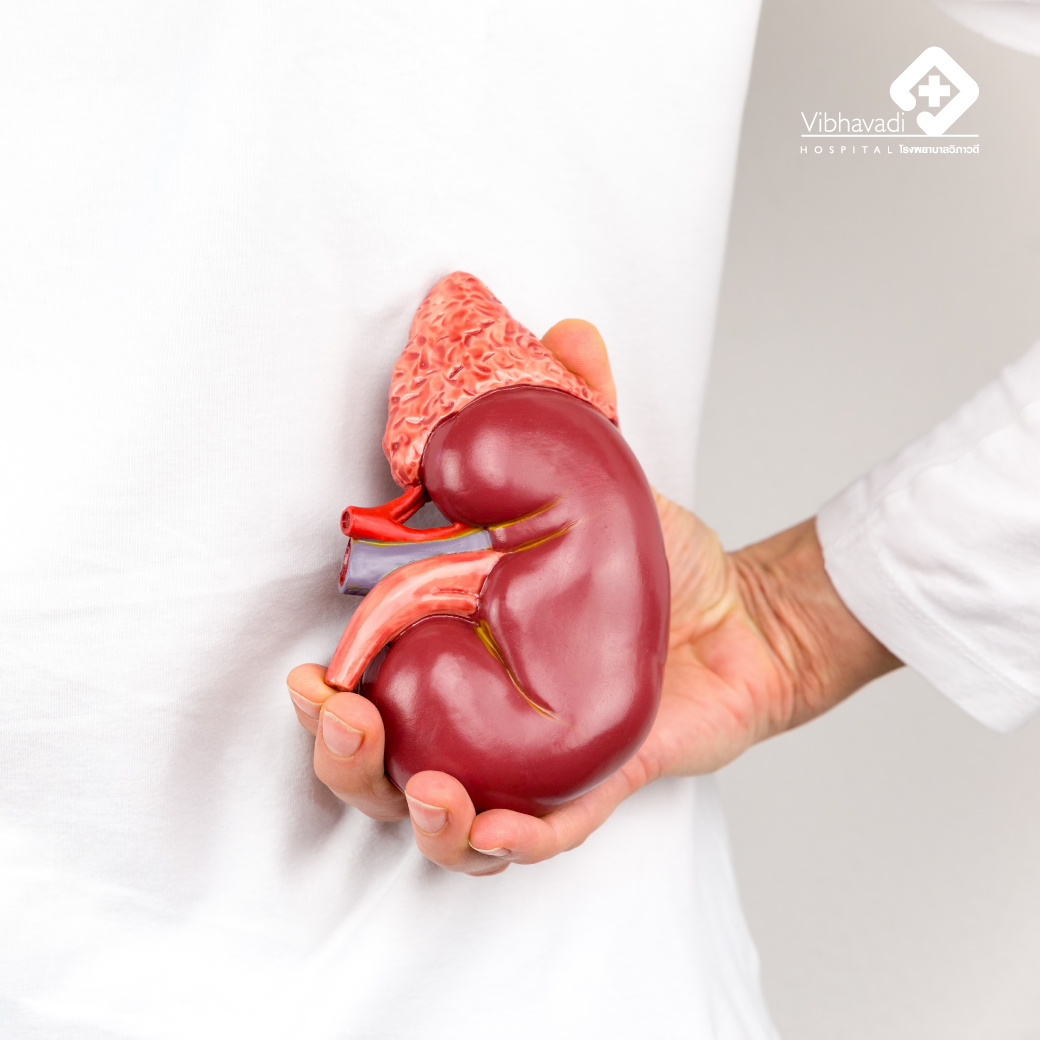Understanding Urinary Incontinence in Women: Exploring Causes, Including Congenital Factors and Medication Side Effects
Urinary incontinence
is a prevalent condition, particularly among older women, where urine involuntarily seeps or flows out without control. It significantly impacts the quality of life for patients, causing feelings of embarrassment and shame within their families and society. Many individuals affected by this condition attempt to conceal it, which hinders them from seeking necessary treatment. Women can experience various types of urinary incontinence, and some cases may be complicated by pelvic organ prolapse. Therefore, it is crucial for women with urinary incontinence to consult their healthcare provider for a thorough evaluation and appropriate treatment.
Types of Urinary Incontinence
There are three primary types of urinary incontinence:
1. Stress urinary incontinence: This occurs when there is an increased pressure on the abdomen, leading to urine leakage. In healthy women, the urethra is supported by connective tissues that prevent urine flow during activities such as coughing, sneezing, laughing, or exercising. However, if these tissues are damaged or weakened, stress urinary incontinence can occur.
2. Urgency incontinence: Also known as overactive bladder, this type is characterized by a sudden, intense urge to urinate, followed by involuntary leakage. The urge to urinate can be triggered by various factors, such as removing clothing, opening a bathroom door, hand washing with cold water, or even unlocking house keys. Patients with urgency incontinence may experience frequent urination (more than 7 times a day) and nocturia (waking up to urinate more than once at night).
3. Mixed urinary incontinence: This is a combination of stress urinary incontinence and urgency incontinence. Patients with mixed urinary incontinence experience both urine leakage during activities that increase abdominal pressure and sudden, uncontrollable urges to urinate.
There are also other types of urinary incontinence, although they may be less common. These include positional urinary incontinence (leakage when changing positions), bedwetting (involuntary urination during sleep), continuous urinary incontinence, unconscious urinary incontinence, and urinary incontinence during sexual activity.
Assessment of Patients during Doctor's Visit
The assessment of patients during a doctor's visit is crucial for accurate diagnosis and treatment. Your doctor will conduct a detailed inquiry about your urinary incontinence symptoms, including a comprehensive medical history, information about your fluid intake, chronic diseases, and regular medications. A general physical examination will be performed, followed by a detailed internal examination that includes an assessment of pelvic organ prolapse. Additionally, your doctor may recommend specific additional tests or laboratory investigations, which may include:
1. Urinary Diary: Keeping a record of your urinary habits, known as a bladder diary, is essential for the assessment process. This diary tracks the amount of urine, timing of urination, fluid intake, and activities that trigger urinary incontinence. It provides valuable information to identify the underlying cause and guide treatment decisions.
2. Basic Tests: These may include measuring the amount of urine in the bladder using ultrasound, performing a cough stress test to simulate urinary incontinence by increasing abdominal pressure, and measuring the residual urine volume in the bladder after urination using ultrasound.
3. Urine Analysis: A urinalysis is conducted to check for other potential causes of urinary incontinence, such as urinary tract inflammation or the presence of stones.
4. Urodynamic Study: This test mimics the actual events occurring in the bladder, starting from urine filling to the bladder's capacity and simulating urinary incontinence to observe the associated events during urination. It is typically performed for patients with complicated diagnoses or those planning to undergo surgery.
Treatment Options for Urinary Incontinence
1. General Treatment for Urinary Incontinence
1.1 Behavior Modification/Lifestyle Modification:
- Weight reduction: Overweight or obese patients may experience improvement in symptoms with weight loss.
- Treatment of constipation: Addressing chronic constipation can help alleviate symptoms.
- Appropriate fluid intake: Balancing fluid intake is crucial. Patients with excessive fluid intake and frequent urination or urinary incontinence should reduce their intake to around 1.5-2 liters per day. However, patients with frequent urination and low fluid intake should not restrict their fluid intake further, as it may lead to dehydration.
- Avoiding certain beverages and foods: Some beverages like coffee, tea, soft drinks, soda, fruit juice, and alcoholic beverages, as well as sour or spicy foods, should be avoided.
1.2 Pelvic Floor Muscle Training:
- Strengthening the pelvic floor muscles through consistent and disciplined exercises for at least 3 months can effectively treat urinary incontinence. It is important to learn the correct technique under the guidance of a healthcare professional, as many patients initially perform these exercises incorrectly.
2. Specific Treatment for Stress Urinary Incontinence (related to coughing, sneezing, etc.)
3. Specific Treatment for Urge Urinary Incontinence
3.1 Bladder Training:
- This method aims to increase the bladder's capacity by gradually extending the time between voiding and attempting to delay urination when the urge arises. Bladder training should be practiced under the supervision of a healthcare professional.
3.2 Medications:
- Certain medications can relax the bladder muscles, helping to hold urine for longer and reducing urinary incontinence. However, patients may experience side effects such as dry mouth, dry eyes, or constipation. Different medications may need to be tried before finding the most effective one. Medications are usually used as adjunctive therapy and prescribed for about 3 months.
3.3 Botulinum Toxin Injection:
- This procedure involves endoscopically injecting botulinum toxin into the bladder wall to relax the bladder muscles, reducing urgency and increasing urine retention. The effect typically lasts for 6-9 months and may require repeated injections. Some patients may experience temporary difficulty urinating or urinary retention and may need catheterization for a period.
3.4 Other Treatment Methods:
- For patients with severe symptoms despite previous treatments, alternative options like Tibial Nerve Stimulation or Sacral Nerve Stimulation may be considered. However, these treatments are not widely available in Thailand due to their complexity, high cost, and potential complications.
Best wishes from
Dr. Prit Vajasitthisilp, Obstetrician at Vibhavadi Hospital
Specialist in Female Pelvic Medicine and Reconstructive Surgery




